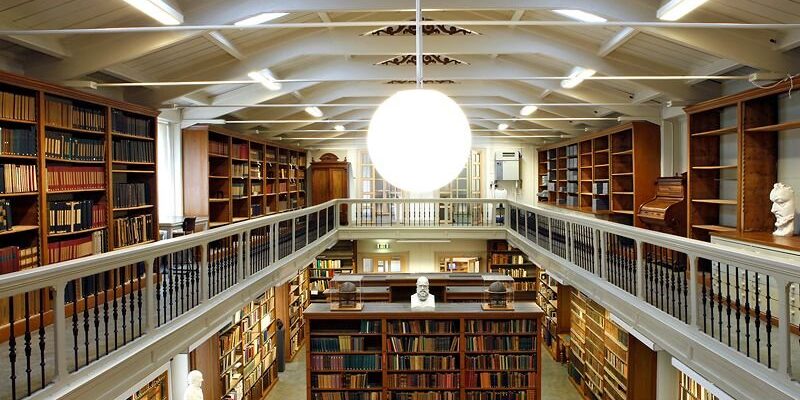Amsterdam Zoo (Artis)
Amsterdam Artis Zoo is located in the center of the city. It is the oldest zoo in the Netherlands, founded in 1838. Its full name is “Natura Artis Magistra”, which translates from Latin as “Nature is the mentor of art.”
The zoo houses more than 6,000 animals belonging to 700 species. In addition to cages and aviaries, the zoo has a planetarium, a children’s farm, a large aquarium, a greenhouse, a geological museum and a zoological museum, which tells about the flora and fauna of the Netherlands; until 1910 there was also an ethnographic museum.
In addition to the rich world of flora and fauna, the zoo also has an ethnographic museum.
In addition to the rich world of flora and fauna, the zoo is also famous for its cultural monuments. For example, the architecture of the Grand Museum (1855), the Library (1867) and the Aquarium (1882) is remarkable. There is also a small Zeiss Planetarium, where you can see the amazing evolution of our planet from its birth to our time, as well as go on an unforgettable journey through the star systems of the Galaxy.
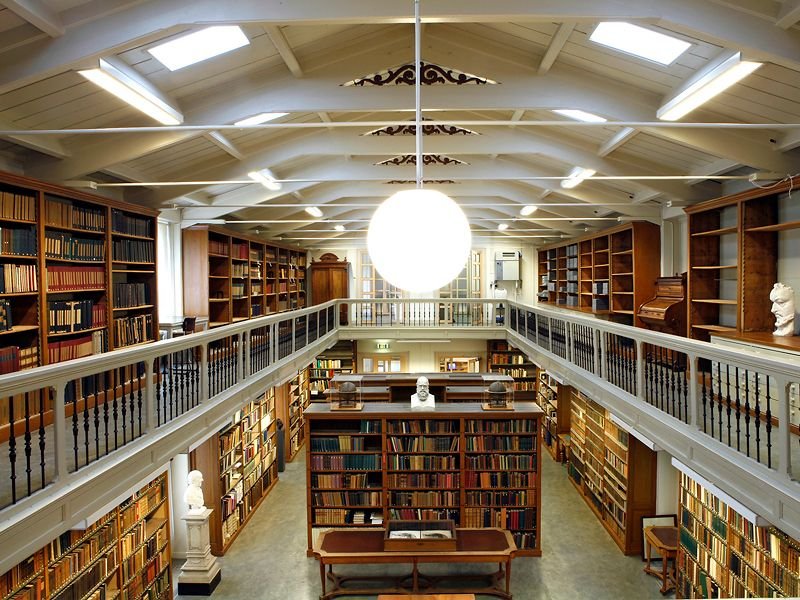
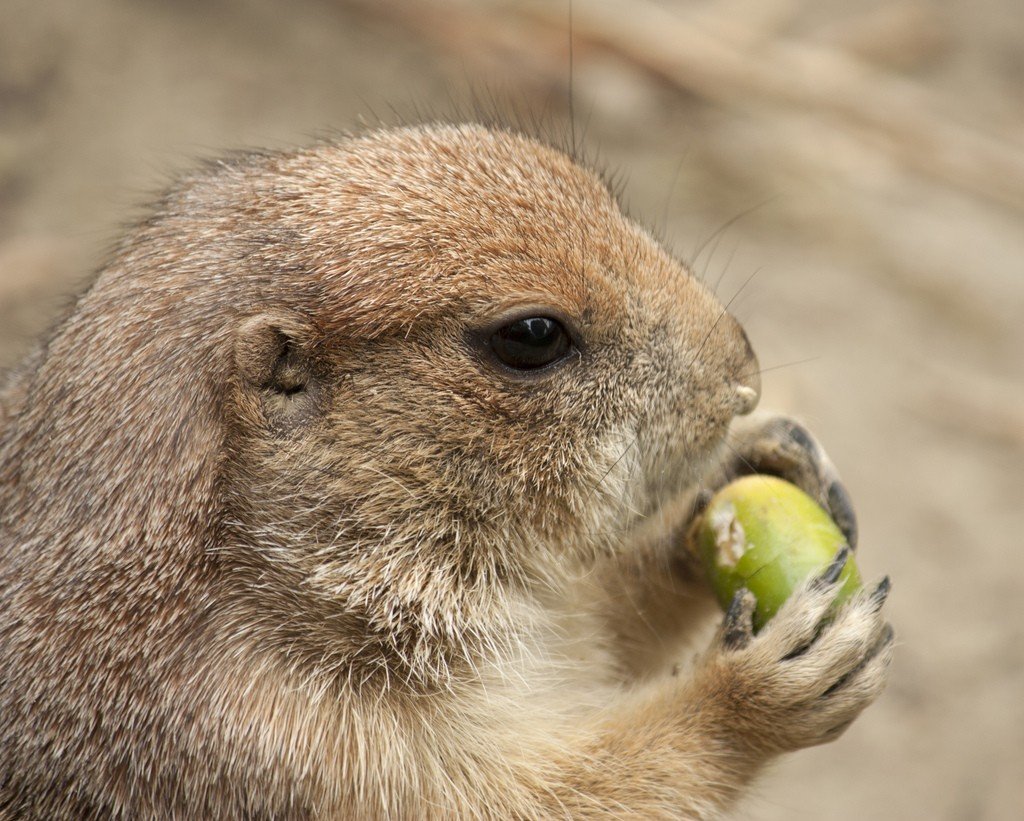
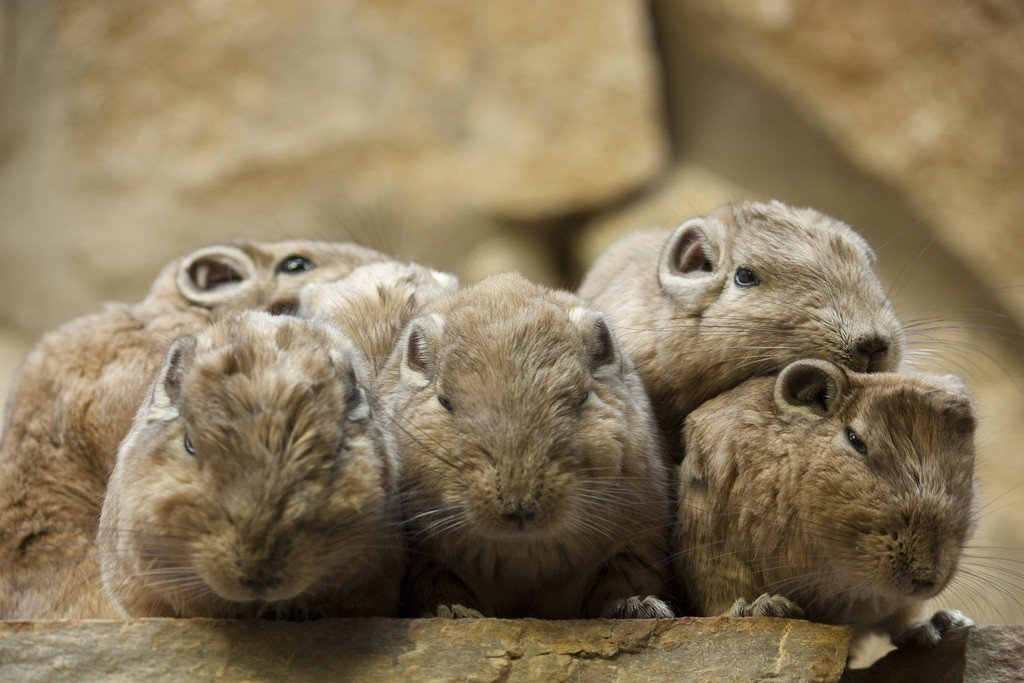
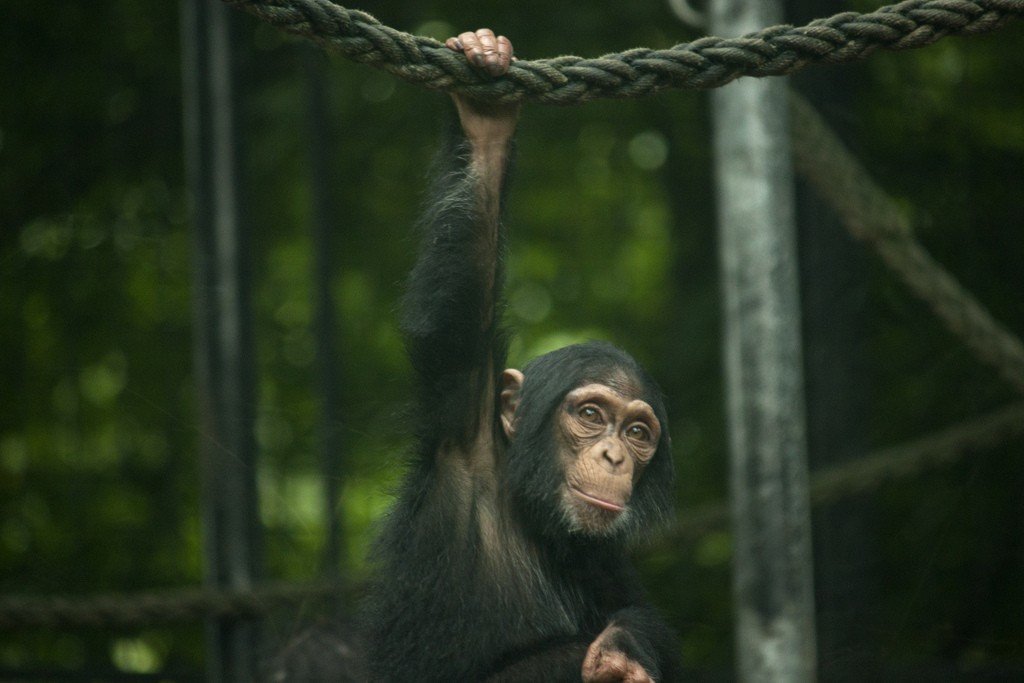
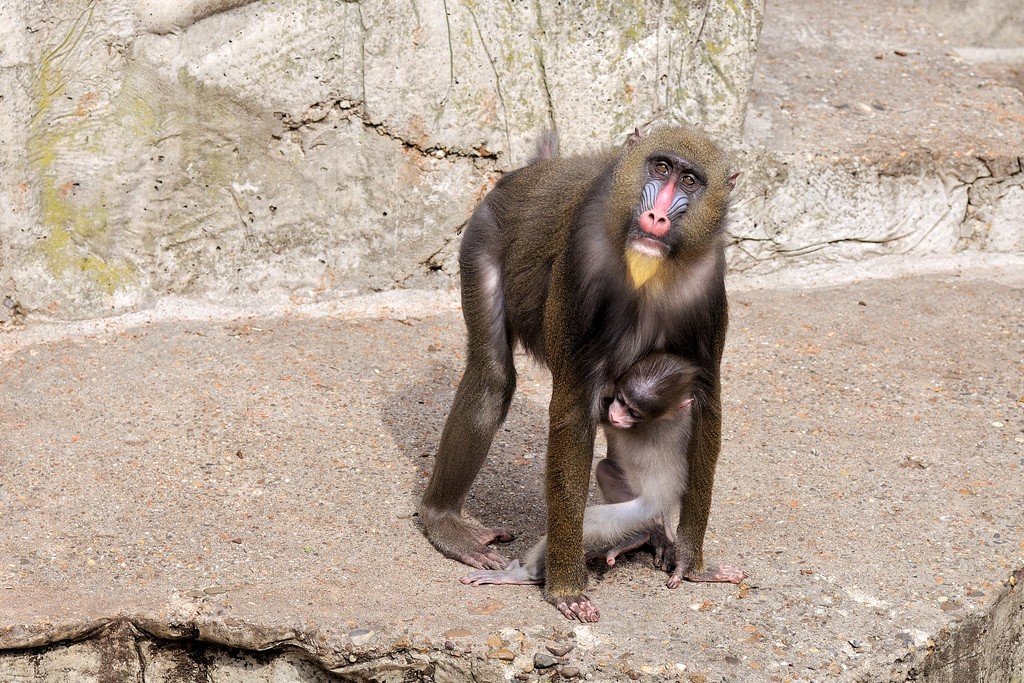
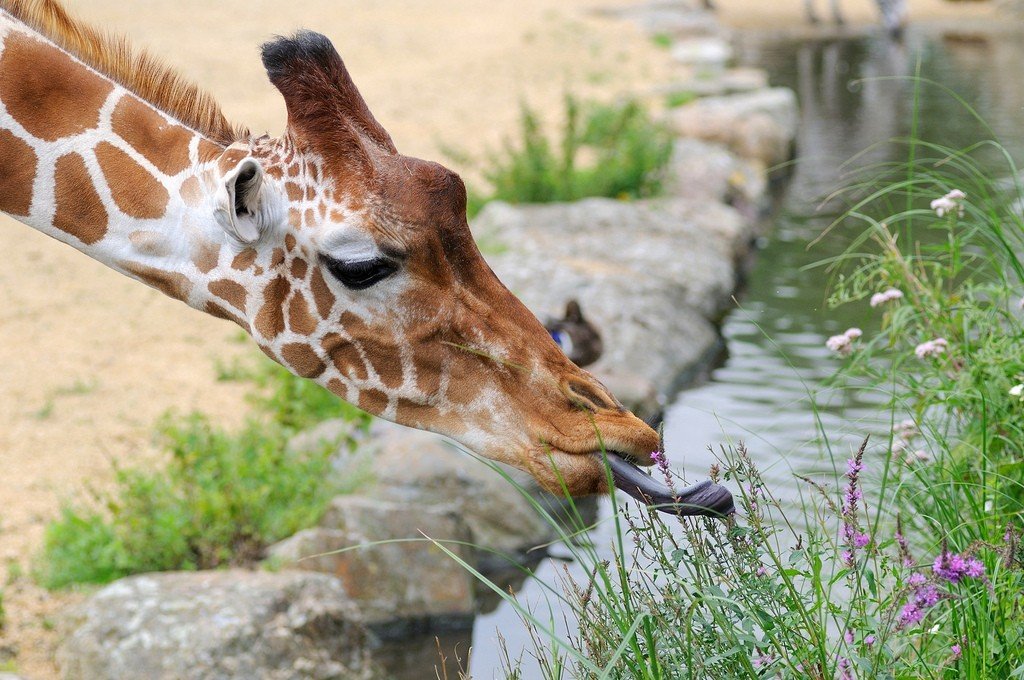
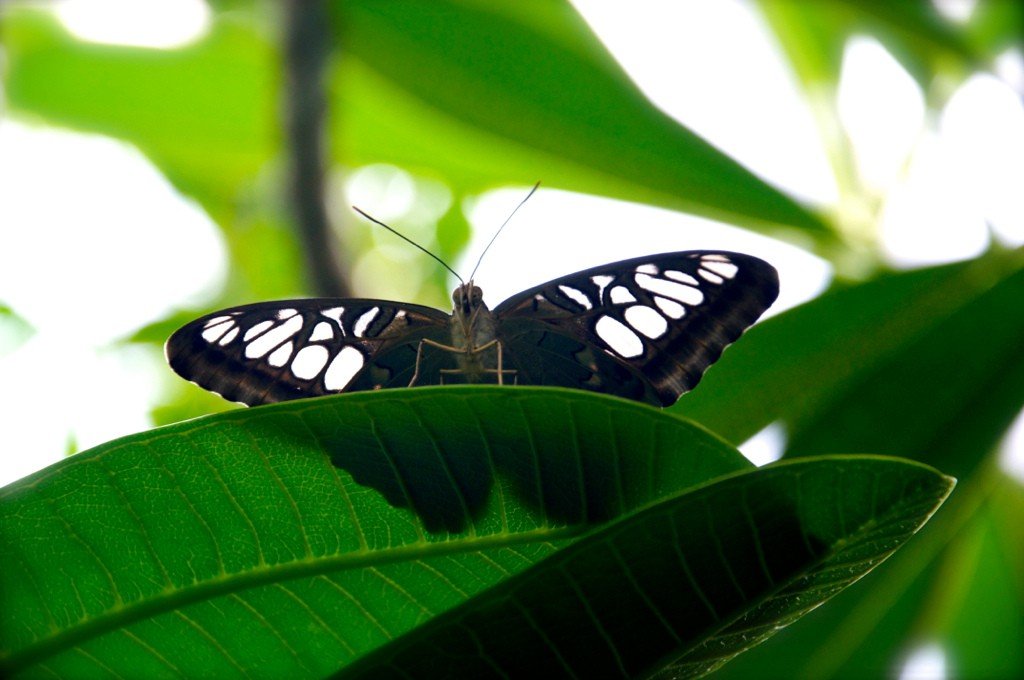
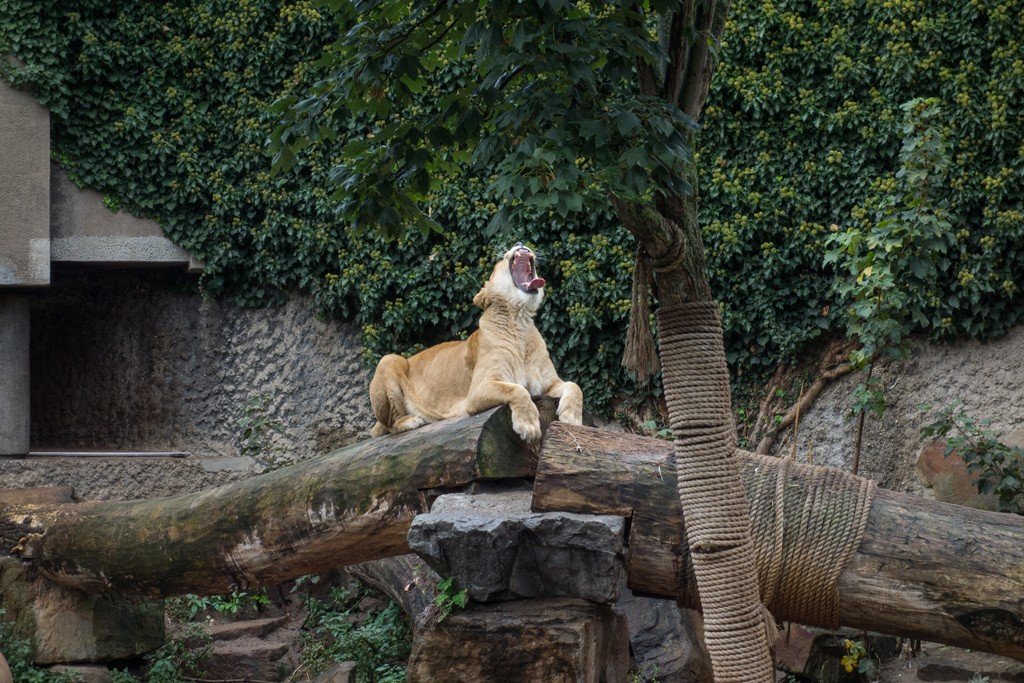
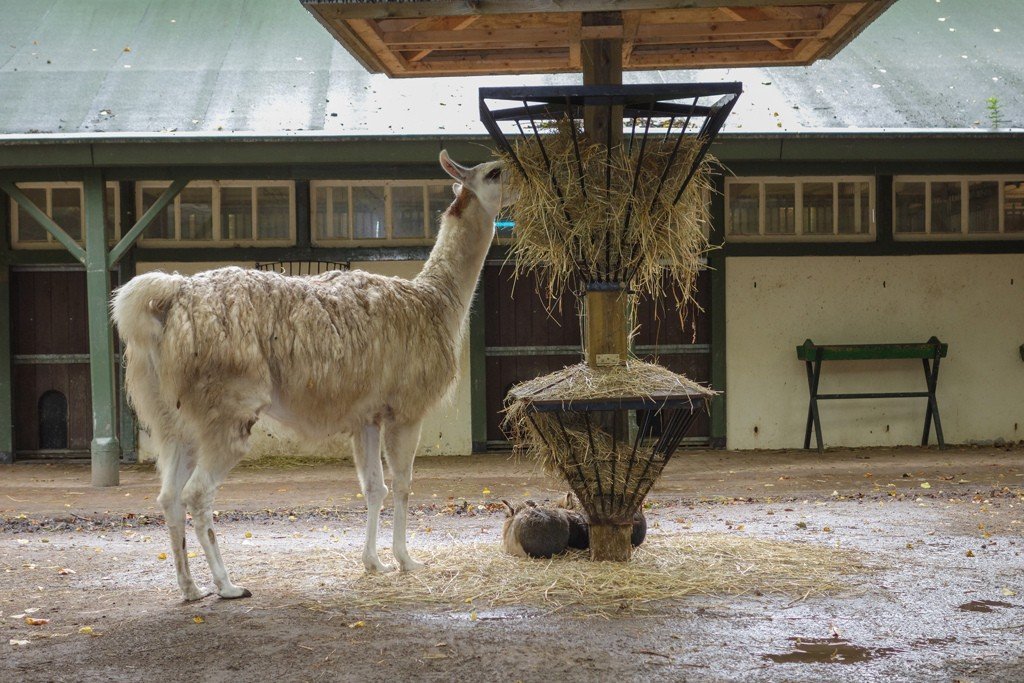
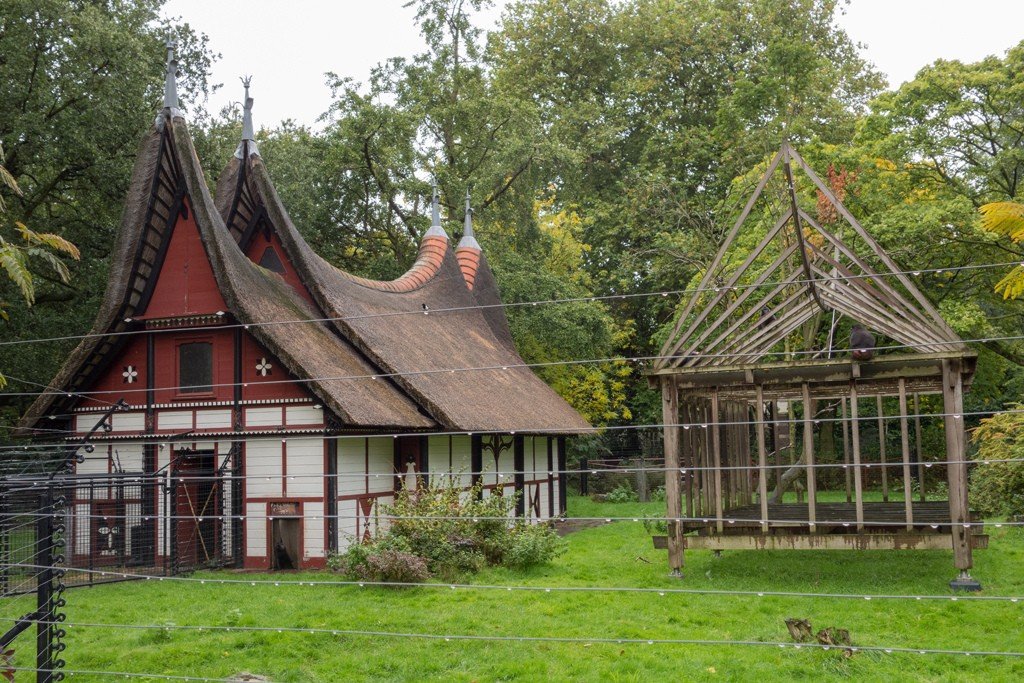
What to see
At the entrance to Amsterdam Zoo is the Zeiss Planetarium, renovated in 2007, a camel lawn, a parrot alley, a monkey rock and a children’s farm. The Camel Lawn is home to a variety of exotic pets like the domestic camel, pygmy donkey, alpaca and the Vantussi animal. Monkey Rock was until 1988 home to a pack of rhesus macaques, now Japanese macaques live there. Along Parrot Alley, up until the late 1990s, one could still see a variety of parrots, mostly Ara, throughout the summer months, first in cages and then with their wings clipped. Eventually, the alley was deemed too noisy and turbulent a place for the parrots, and the feathered birds were relocated to a large aviary next to the aquarium.
In the northwestern part of the Artis are the Bird, Monkey and Reptile Pavilions, which, however, actually form a single structure, the Kerbert Terrace and the Raptor (feline) Gallery. The Kerbert Terrace was built in 1927 and named in honor of Kunraad Kerbert, the second director of Artis. It provides shelter for a lion pack. The raptor gallery was bare concrete cages until the late ’80s, but in the ’90s there were dramatic changes. Some species have been brought back so that those that remain have more space. In addition, all the holding areas are equipped with ponds and bridges. In a short time, the raptor gallery will be replaced by a new raptor pavilion on the site of the current parking lot.
.
South of the Reptile Pavilion are Lemur Country and three ponds. Lemur Country was opened in June 2008 and is home to red warblers. Visitors can enter here via a bridge and walk among the animals. The three ponds are the remains of the former Niue Prinsengracht. In and around them live all kinds of water birds such as the European crane and the Chilean flamingo. To the east of the ponds is the Goat Cliff (1941) with alpine ibexes and the South American Pampa (2004). The South American Pampa contains four dwellings: capybaras, giant anteaters, llamas, and (separately) aguarachays (the remaining llamas, guanacos, and alpacas are elsewhere, respectively further east, between the aquarium, chimpanzee enclosure, and camel lawn). The center point of the South American Pampa is the Parnopod Pavilion, a monument formerly occupied by a variety of horses such as the kulan, Grevy’s zebra, Hartmann’s mountain zebra, and Przewalski’s horse. In 1883, the world’s last quagga died here in the pavilion of parnopods. The Artis Library is located near Pampa and is now run by the University of Amsterdam..
At the heart of the Amsterdam Zoo are the habitats of various small mammals. The Small Mammal Pavilion (1977) consists of several outdoor enclosures and several indoor enclosures. The inside houses mostly American species of monkeys and rodents, while the outside houses small carnivores (margi, South American coati, binturong, fossa) and lemurs. Around the Small Mammal Pavilion are the enclosures of red and gray wallaby, lesser panda and nutria. Raccoons live next to the old Wolf Pavilion, as do a pack of wild African dogs. The enclosure around Minangkabau House is inhabited by anoa. In the past, more housing for different species of deer (European roe deer, wild goat, hog deer) and antelope (gazelle dorcas, saiga, blue duiker) was located around Minangkabau House.
.Next to the “Gallery of Predators” are the Wolf Forest and the enclosures of the Indian elephant, the reticulated giraffe and several African antelope species. In the late nineties, these enclosures were expanded (mostly at the expense of the old rhino enclosure) and modernized (in particular by getting rid of a lot of unnecessary bars). Adjacent to the giraffe enclosure is the Volharding (“perseverance”) building, a former 19th century packing house. Originally there were approximately 20 aviaries for birds of prey against the west wall of the building and cattle pens against the east wall. The number of bird enclosures increased again in the 1990s to seven and were finally replaced in 2003 by one large enclosure inhabited exclusively by European vulture species (headless vulture, vulture, black vulture). Of the cattle, only one species now remains, the bison. Volharding has been home to the Night Jungle since 1995. It was primarily a nocturnal animal dwelling for South American species such as the bat, mountain paca, nocturnal monkeys, nine-belted armadillo, aga, and astinaxes. Since 2000, nocturnal animals from other continents such as the potto and the sugar flying possum have also lived here.
.
Nearby Wolharding is home to the House of Chimpanzees and the House of Gorillas. Chimpanzees and plains gorillas lived in the same building until 1990, but that year a new outdoor enclosure was opened for the latter. The Gorilla House was long known as the Hippo House, which housed hippos, pygmy hippos, American manatees, and various bird species such as toucans, starlings, and parrots that flew freely around the building. Some of the original inhabitants of the House died, some were relocated, and now the gorillas are full owners of the entire building. The last hippopotamus “Artis” lives on the east side of the building. Around the Gorilla House are the Indian tapir and sitatunga enclosures.
On the southeast side of Artis is the Aquarium and several aviaries for owls, parrots, kafra hornbills, and ibis. Next to the Aquarium is the Artis penguin enclosure, which now consists of donkey penguins, polar bears, and California sea lions. The sea lions sit on an elevated platform and can also be viewed “from underground” through glass windows in the bottom of the enclosure. To the south of them are two more enclosures on a hill, where polar bears, among others, used to live, and now (since mid-2008) nutria are temporarily living, and in the future the spectacled bear and South American coati will settle..Africa-Savannah has three parts: a small western part with klipspringers and crowned cranes, a large middle part with Grevy’s zebras, white-tailed gnu, pink pelicans and guillemots, and an eastern part with saber-horned antelopes.
.Practical information
Address
Plantage Kerklaan 38-40. Directions by streetcar 9 and 14 to the Plantage Kerklaan stop.
Artis has its own parking lot – at the entrance to the zoo. From 8.30 to 18.30 and when the zoo is open until later club card holders pay 7 euros, other visitors pay 9 euros. From 18.30 to 8.30 everyone pays 4 euros. You can get a parking ticket at the ticket office, store or photo booth when you present your Amsterdam Zoo ticket.
.Opening hours
April 1 – October 31 – from 9 am to 6 pm.November 1 – March 31 – from 9 a.m. to 5 p.m.Christmas Day (December 24) – from 9 a.m. to 10 p.m.New Year’s Eve (December 31) – from 9 a.m. to 4 p.m.January 1 – 10 a.m. to 5 p.m.
.Every Saturday in June, July and August – from 9 a.m. to sunset
.Prices
Children 3-9 years old – 15.50 euros.Standard rate (10-64 years old) – 18.95 eurosSenior citizens (65 and over) – 17.50 euros
You can book tickets to Artis Zoo by clicking here.
.